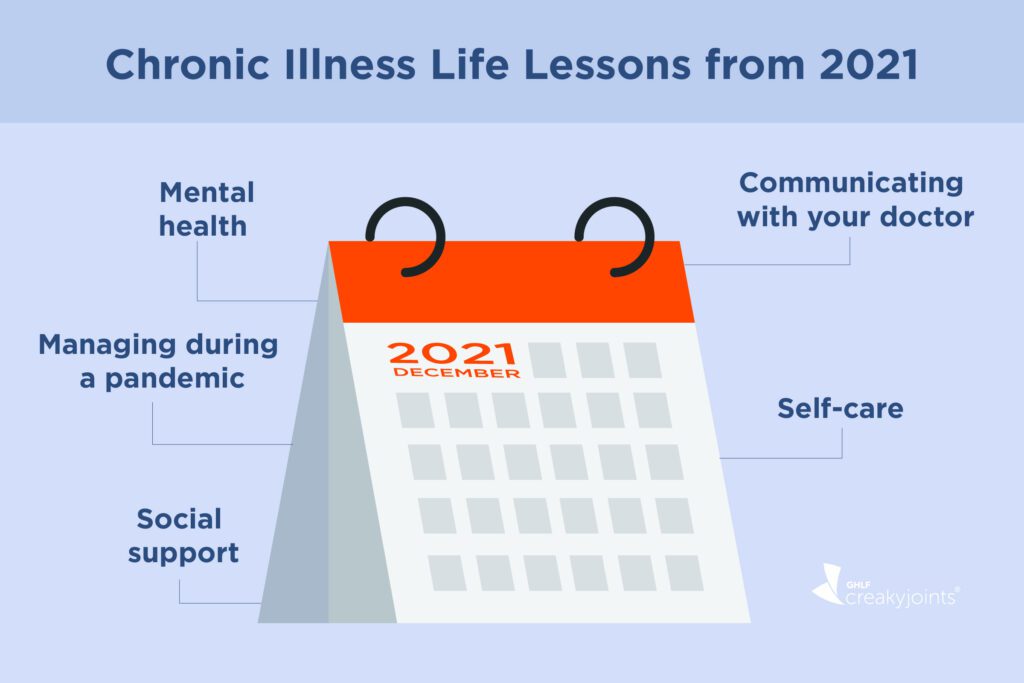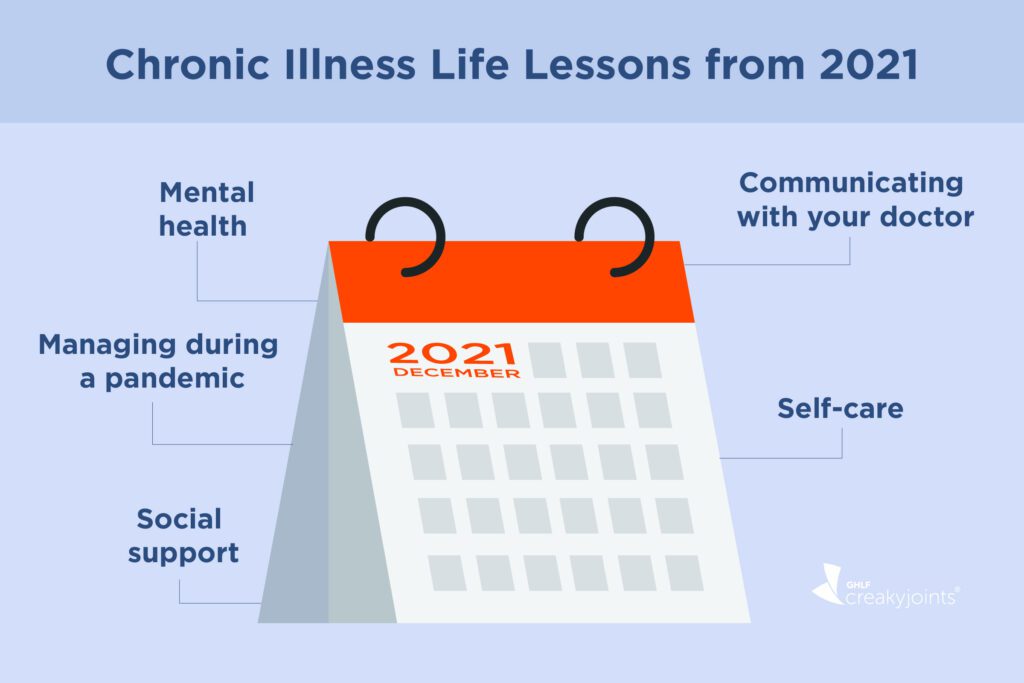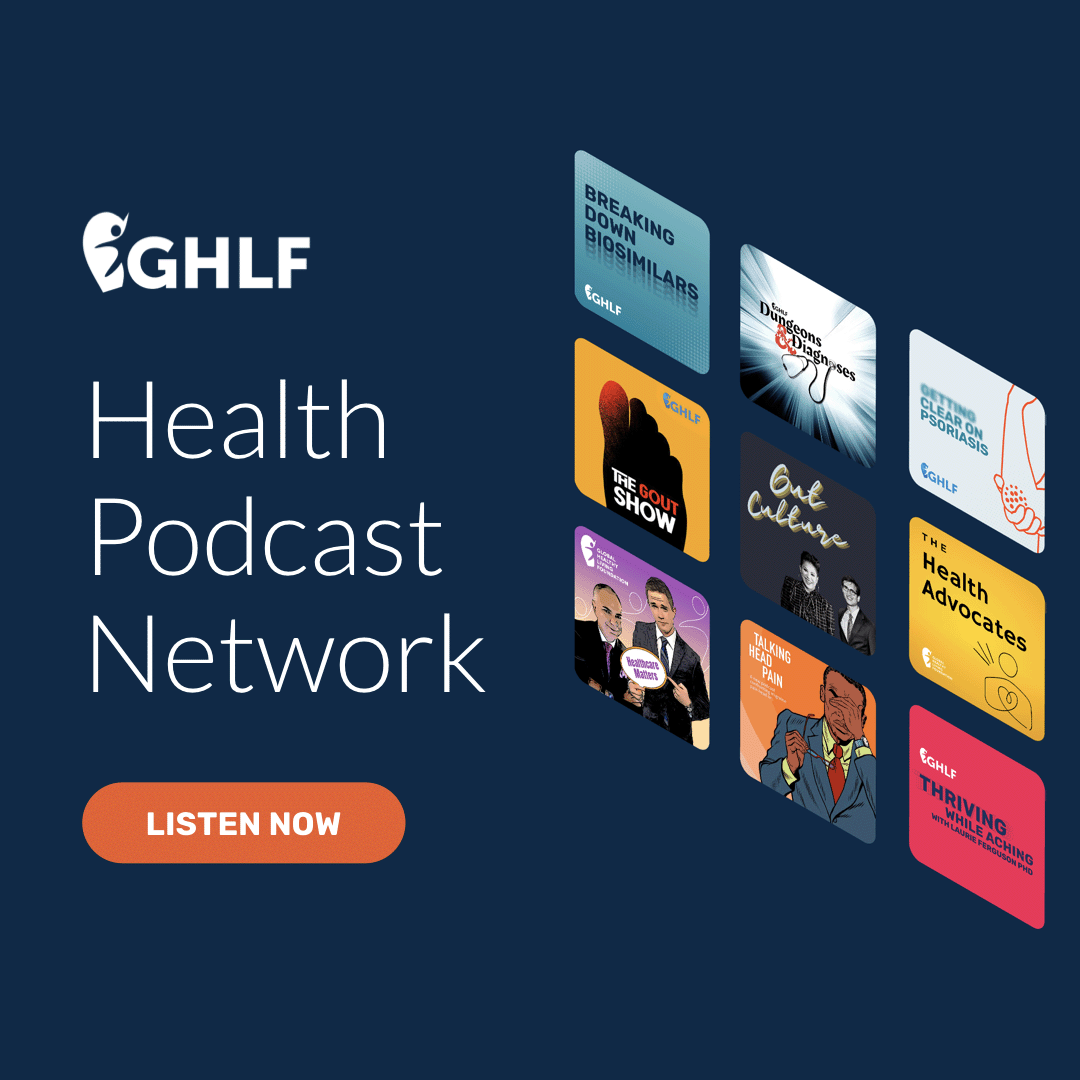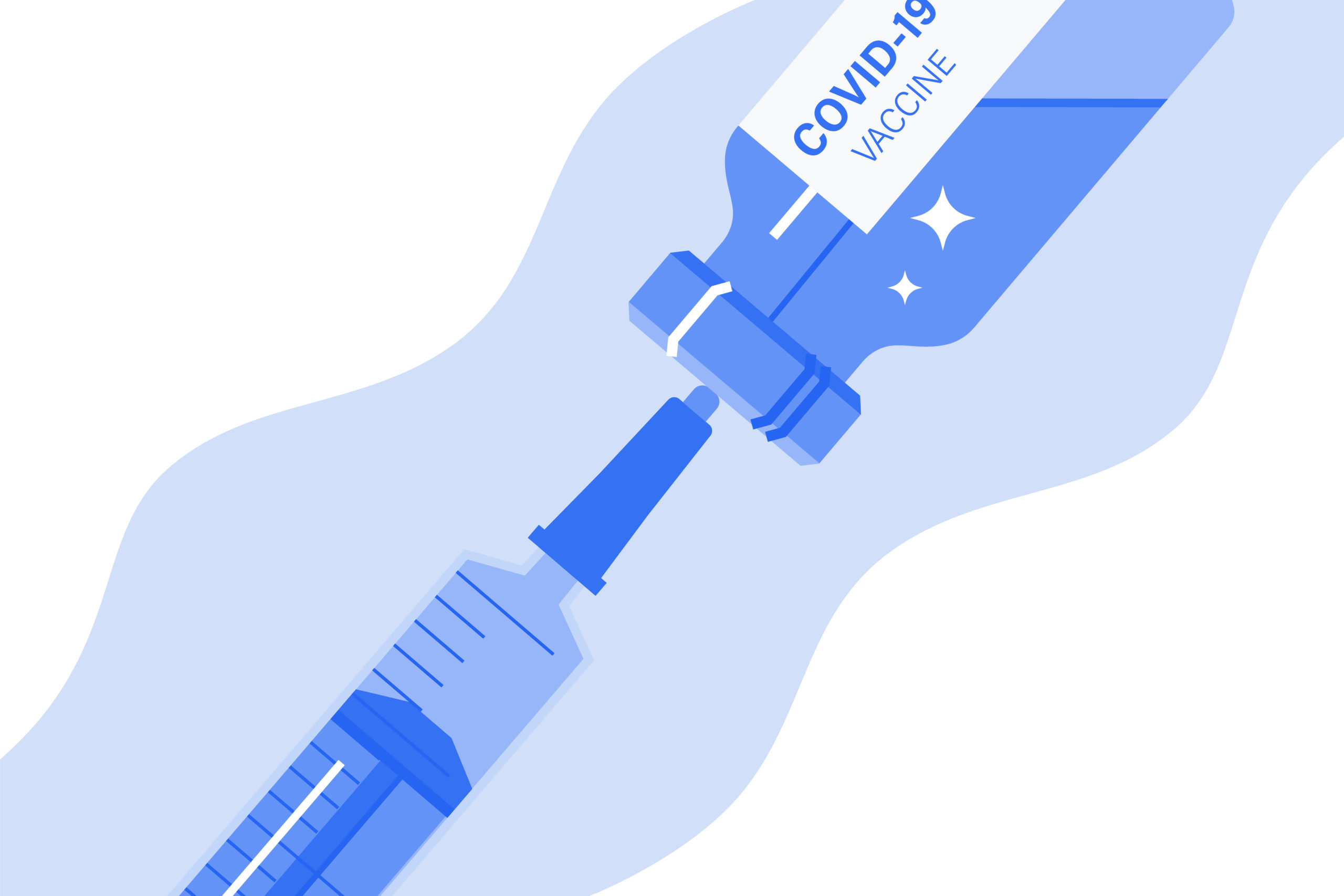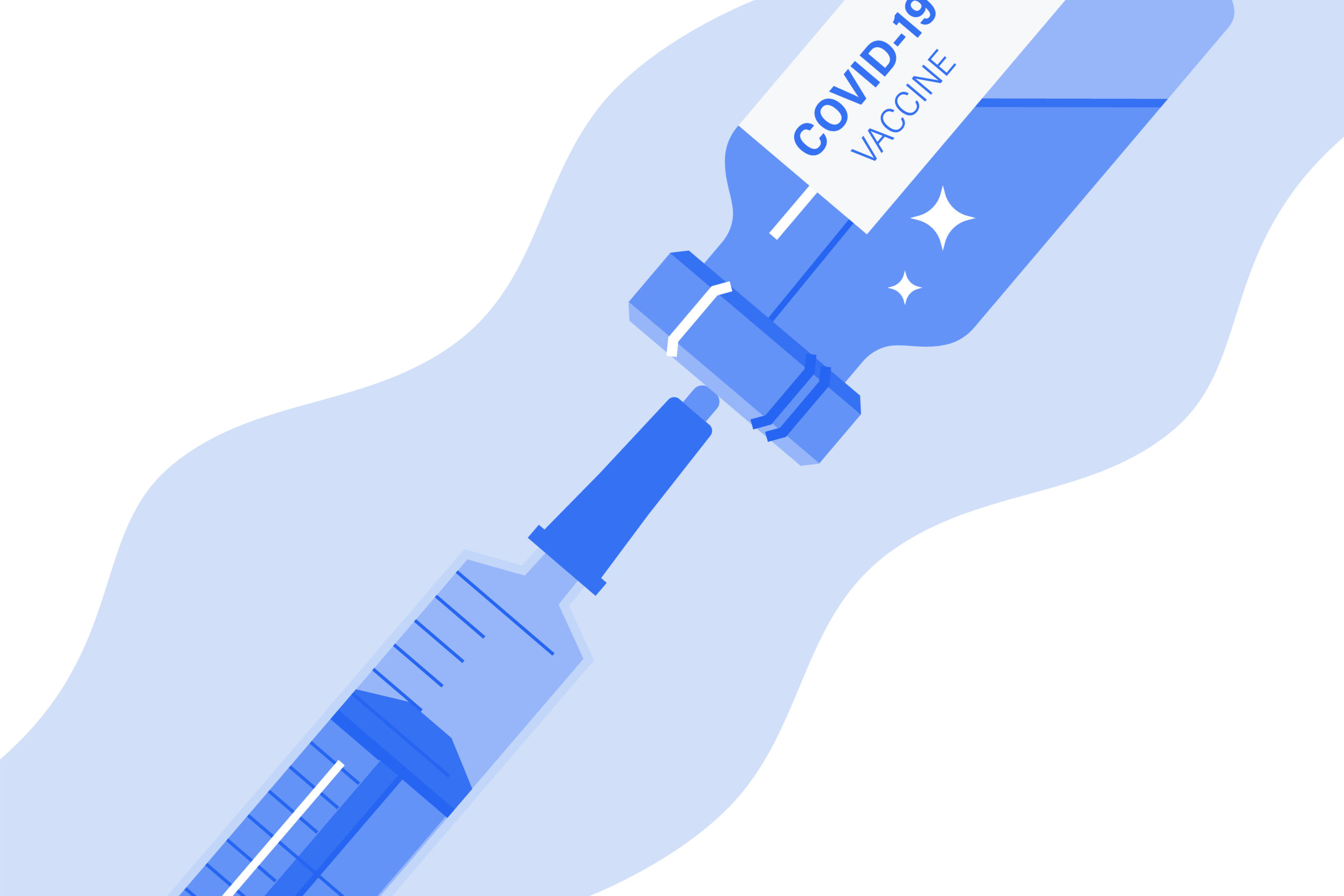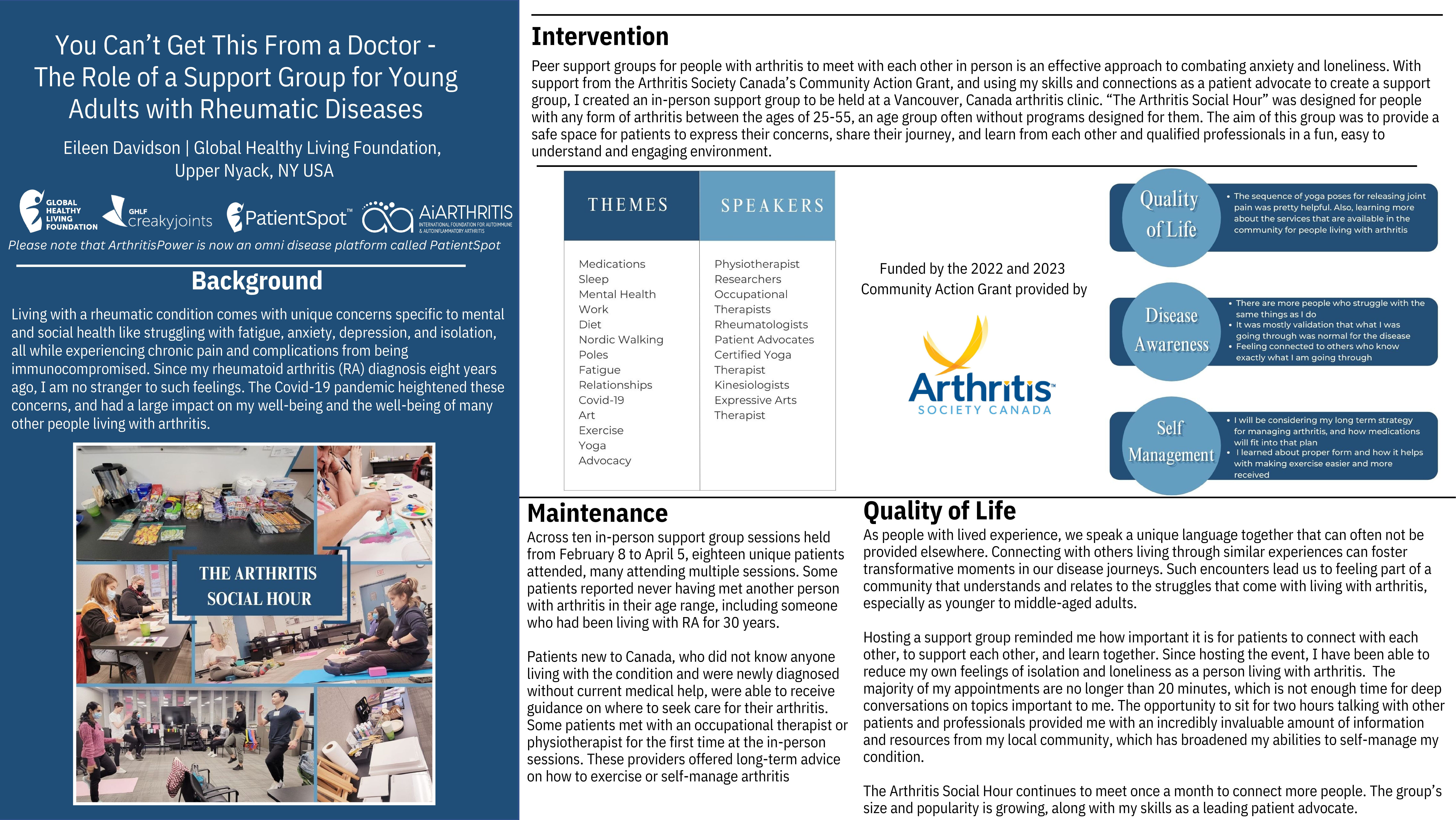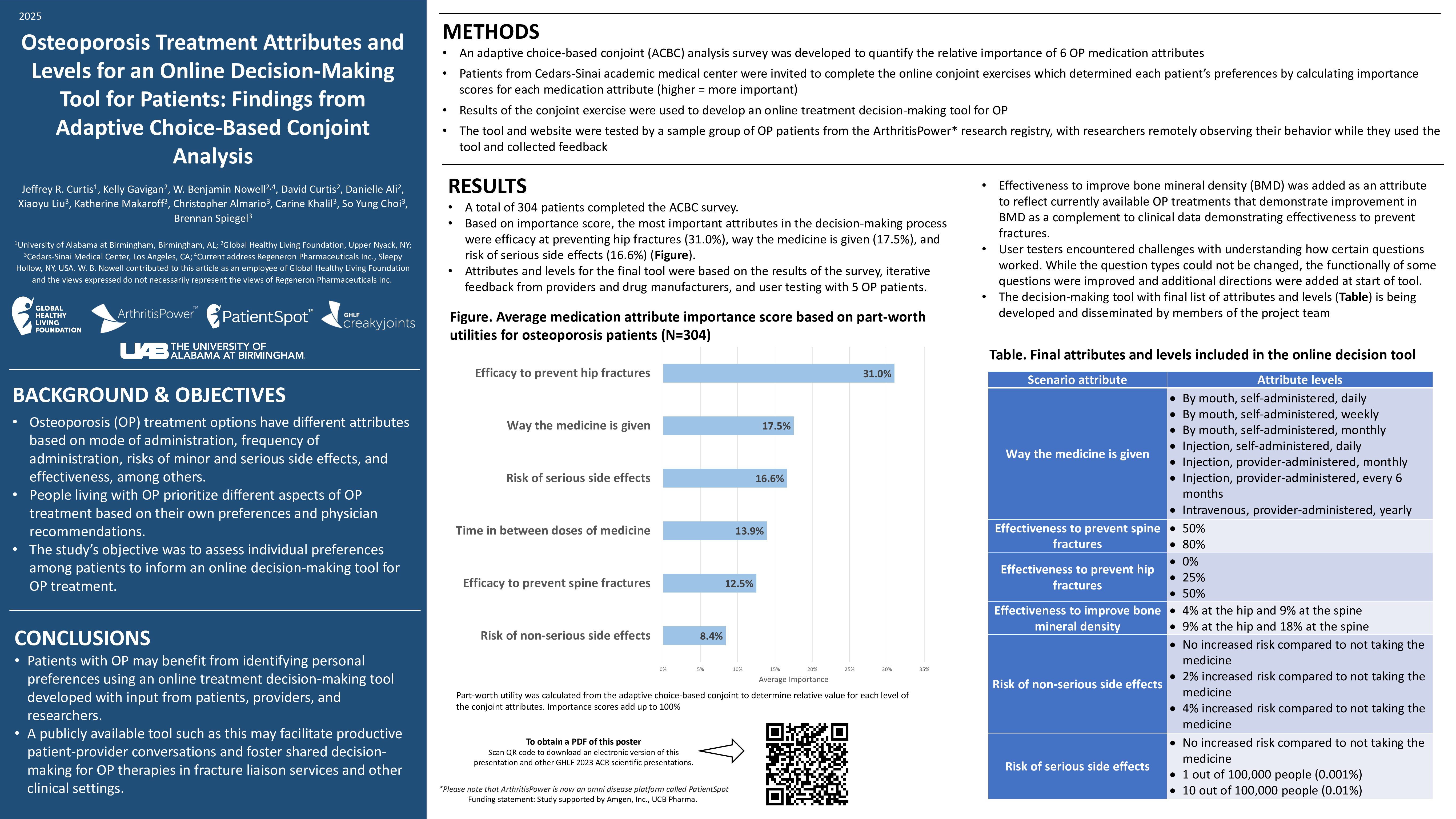Learn more about our FREE COVID-19 Patient Support Program for chronic illness patients and their loved ones.
It’s been another tough year coping with the pandemic, but here’s a bright side: “We can be grateful that we are survivors and warriors of both a chronic illness and a historic pandemic,” says patient advocate Judy N., who lives with rheumatoid arthritis and osteoarthritis. “COVID-19 made me realize how fortunate I am to have excellent doctors that help me live with a chronic illness. It refreshed my spirit of caring for myself and others.”
For Lesley W., who lives with ankylosing spondylitis (AS) and Crohn’s disease, 2021 was a testament of inner strength and resilience: “Oftentimes we search so hard to find the strongest person to whom we can look up to; but sometimes all we have do is look in the mirror to find the most strong and resilient soul: ourselves. Acknowledge your own strengths and how far you’ve come warrior.”
As the end of 2021 approaches, we asked patient advocates in the Global Health Living Foundation and CreakyJoints community to reflect on the ways this year helped shape their physical and mental health as well as their outlook on living with a chronic illness.
Read their insightful, beautiful, and relatable lessons below — and let them inspire you to reflect on this year and beyond.
Mental health and self-care matter more than ever
“2021 was a year that tested the mental health of humans around the globe due to the COVID-19 pandemic. It was a time for mourning the loss of far too many family, friends, and fellow citizens. I am a firm believer that there is no shame in seeking mental health counseling if needed. I am also blessed to be able to communicate with fellow patients around the world through social media which helped me through the worst of the year.” — Judy N., who lives with OA
“This year I started getting up one hour earlier than usual. I used to be the person who rolled out of bed and was out the door to work 20 minutes later. However, this year I found that for my mental health I needed to slow down. I needed quiet time in the morning before the rest of the family was up. I needed time to read and pray and stretch and not be distracted. I have found that by getting up one hour earlier, I have a much better start to my day. I can fill my mind and body with deep breathes, light therapy, and positive thoughts and set the pace for the day.” — Laura J., who lives with RA
“Practicing self-care has always been a priority of mine, but in 2021, I made it even more of a priority. I learned to treat myself when I could. That could mean picking up a favorite meal, relaxing in the tub, chatting with friends, or doing crosswords. It was something just for me to relax and recharge and even reward at times.” — Eddie A., who lives with psoriatic arthritis (PsA)
“I realized this year that I had to start doing more self-care. I started going back to my hair stylist with more frequency; I’m taking time to myself; and I’m weeding out things that no longer serve my purpose. I’m focusing on me and what I want.” — Ashley K., who lives with PsA, Raynaud’s disease, polycystic ovary syndrome, and mixed connective tissue disease
“I’ve learned that self-care means prioritizing yourself for your own health. As someone who always puts others before themselves, learning to prioritize my own health has changed how I approach health and wellness.” — Kelsey F., who lives with migraine
“I have learned to be more discerning of what is deserving of my time, and what isn’t regarding my personal life, career goals, relationships, and social media. To pay attention and focus on the things that are the most important. When we overcommit and fill our schedules up to the brim, it doesn’t allow us the time and space needed to heal. I feel that even last year, the pause that we all experienced collectively was a huge blessing in disguise. When you live with a chronic illness it’s important to pause regularly. To take time away and be alone, or around those who are supportive of you.” — Effie K., who lives with RA
“This year I realized I needed to focus more on myself and enjoying a good quality of life because there is so much unknown of what the future holds. I decided to take better care of my health and enjoy the good days when I am not in pain.” — Denise S., who lives with RA
“I’ve learned that my wellness needed to take a giant step ahead of a lot of other things on my priority list.” — Andy P., who lives with RA
“This year I tried to be much more mindful about overextending myself, especially with work. I had been in what felt like a never-ending flare, and continually running myself down was not helping. It is important to recognize the major role stress can play in our illnesses. Reducing my stress and increasing my rest days allowed me to take better control of my health.” — Meaghan Q., who lives with PsA
“The lesson I’m learning is that’s it’s okay for me to take a break from being on a crazy-ass hamster wheel of navigating the health system. It’s okay for me to just… rest.” — Melody M., who lives with small fiber sensory neuropathy and fibromyalgia
“I started eating more fruit and vegetables. I realize that controlling my weight and light exercise has helped ease my knee joint pain.” — Francisca G., who lives with RA
“Staying active is important. I experienced less pain by making sure I did stretches and worked out at home whenever possible.” — Patricia M., who lives with RA
“I felt very depressed [this year] because as an artist I need to use my hands for my craft, and I’ve had to slow down because I have days that the pain is very strong. I have learned to take a break on days when I don’t feel well. I will not push myself. When I do paint, I use it as an escape and relaxation.” — Mario M., who lives with RA
Saying no is a saving grace
“I learned the pandemic will manage you if you don’t manage yourself. Over the past two years, I have had to explain why I can’t go out places to people who would ask me to hang out. It eerily reminded me of the beginning years of my diagnosis, where I found myself explaining. But this just further reinforced the lesson I learned over a decade ago: that it’s okay to say no. It’s okay to make yourself, your health, and safety a priority.” — Effie K.
“I was always the ‘yes-girl,’ which was predisposing me to burnout, which was bad for my health and resulted in flare-ups and mental stress. I learned it’s okay to say no. It’s okay to have time to yourself. I realized I cannot give to others what I don’t have myself. — Raven M., who lives with RA
“This past year has taught me many things, but perhaps none have impacted me as deeply as being honest about my limitations. To acknowledge my limitations both physical and mental/emotional, and even more so to become at peace about them, has been a huge step for me in 2021. It’s been very liberating. Due to my limitations, I’ve learned to say ‘no’ when I really want to say ‘yes.’ I’ve chosen loneliness when I’d rather go out shopping or to dinner with friends. And I’m comfortable now sharing the reasons why.” — Elisa C., who lives with Sjögren’s syndrome and RA
It’s okay to do whatever makes you feel safe
“It’s important to keep up social distancing and hand-washing because there are different variants that can develop so we shouldn’t take the risk.” — Wigna C., who lives with RA
“I still wear a mask even when I walk around my block. I don’t know who I will pass on the sidewalk. I’m immunocompromised. To some, that may be a bit much. But do I care what others think? No. I have gotten looks, but then I would see someone else wear a mask; typically, an elderly person or someone else who understands. I have missed events before this pandemic rolled around, so I feel that dealing with that isolation back then when it wasn’t the norm, made me stronger to handle this whole situation overall.” — Effie K.
Communicating well with your doctor is more important than ever
“I had to navigate insurance changes, taking medication around vaccines, doing telehealth appointments, and just dealing with my disease. Throughout it all I kept my doctor in the loop. …Not seeing him in person for over a year presented an entirely new challenge: How do you explain pain and skin involvement over an internet connection? You have to describe it well and be creative with the camera. But the main thing is to make sure you get your point across. If they don’t listen, ask/tell again.” — Eddie A.
“Although I do prefer in-person appointments for many things, I have come to enjoy the ease of telephone or video appointments and I love being able to do those from the comfort of my home and reduce my exposure to illness. I now keep a notes app on my phone with a running tab of questions or concerns that I want to bring up at my next doctor’s appointment. I take photos of flares so that I can show them at my appointment, if need be, to help the doctor have an overall picture of my symptoms.” — Laura J., who lives with RA
“Telehealth visits have been the best thing to come out of this for me. My rheumatologist is a 90-minute drive each direction so being able to log on and speak to him has been incredible. And he runs on time. I also have time to take notes in my phone and bring up topics I was wondering about.” — Chantelle M., who lives with RA
“I have learned to talk to my care team about my mental health struggles. Art therapy has made a big impact on my life. I have connected with my creative side and am learning to express my feelings.” — Iman R., who lives with chronic migraine, postural orthostatic tachycardia syndrome, and myalgic encephalomyelitis/chronic fatigue syndrome
We’re all in this together, and together we are stronger
“I’ve learned that dependence upon others creates a unique opportunity to learn some deep lessons about serving, empathy, and compassion. Sometimes I’m the student and sometimes I’m the classroom in which other people learn these things. And I’m okay with it now.” — Elisa C.
“I’ve learned that support is vital for me. I try to be as honest as I can be about what I’m going through and never sugarcoat how I’m feeling. I ask for help when I need it — despite wanting to do things on my own. Sometimes you need help, and there’s no shame in asking for it.” — Steff D., who lives with ankylosing spondylitis
“I joined a help group for adults my age that are from my country in Peru. We connect via Zoom and share stories. We sing, dance, and talk about life issues, which has helped with increased anxiety and feelings of isolation since COVID.” — Zucy A., who lives with RA
“This year my anxiety was very high because of COVID. The isolation of staying home made me focus on my pain and the fact that my hands were starting to stiffen and disform. Being part of [CreakyJoints’] patient leader group has given me a way to share my experience with others, so I do not feel alone.” — Teresa H., who lives with RA
“Find your community. Hold onto it and nurture it. Internet friendships are true friendships and I wouldn’t have survived this pandemic or my new RA diagnosis without the people and support I found online. And not only that, you don’t have to waste spoons getting dressed or traveling to see them. They are always there.” — Alexis M., who lives with RA
“I was blessed in 2020 to continue to connect with fellow patients from around the world via social media, in particular a group page called CreakyJoints Patient Advocates on Facebook. We have all learned so much from each other and from the awesome articles written and shared by patients and the staff of the Global Healthy Living Foundation. We are all in this together, and together we are stronger.” — Judy N.
Get Free Coronavirus Support for Chronic Illness Patients
Join the Global Healthy Living Foundation’s free COVID-19 Support Program for chronic illness patients and their families. We will be providing updated information, community support, and other resources tailored specifically to your health and safety. Join now.

